Packing for unpredictable weather can get tricky—especially when you want to stay comfortable without overpacking. Layering is the fix, and when done right, it keeps you warm, dry, and ready for just about anything. It’s less about fashion rules and more about flexibility.
Here’s a list of 16 useful layering strategies that work whether you’re heading into snow, sun, or something in between.
Start with a Breathable Base
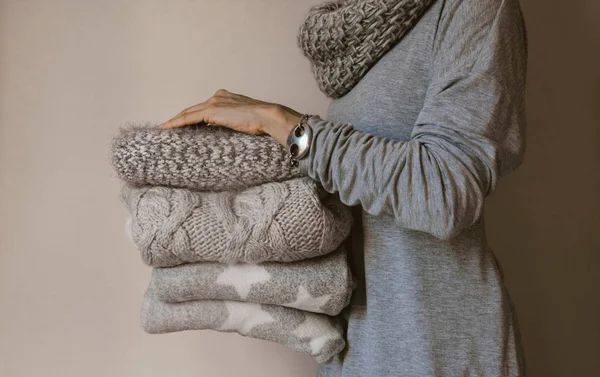
Your first layer should manage moisture, not trap it. Look for lightweight, quick-dry fabrics like merino wool or performance blends. They help wick sweat away, keeping you warm in cold climates and cool in hot ones.
Cotton might feel comfy at first—but it stays damp and can chill you fast.
Avoid Heavy Cotton

It might seem soft and reliable, but thick cotton shirts hold onto moisture and take forever to dry. In cold or humid weather, that becomes a problem. Go for tech fabrics or lightweight blends that don’t sag or cling when wet.
You’ll feel fresher even if the day turns sweaty or damp.
Like Travel Pug’s content? Follow us on MSN.
Add a Mid-Layer for Warmth
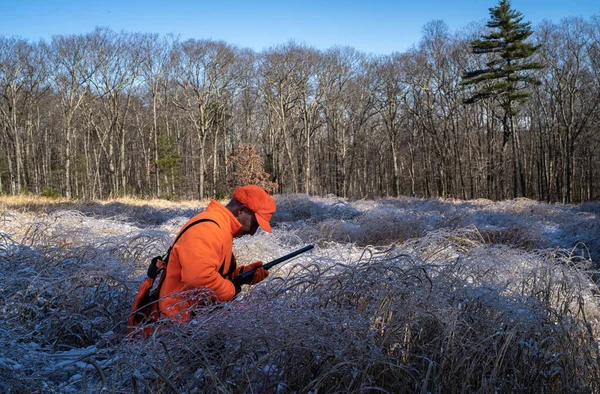
This is your insulation zone. Think fleece, down vests, or synthetic puffers—anything that traps body heat without adding too much bulk. Zip-up options make it easier to adjust on the go.
If the weather shifts, you can take it off without fully restarting your outfit.
Choose an Outer Shell That Blocks Wind and Rain
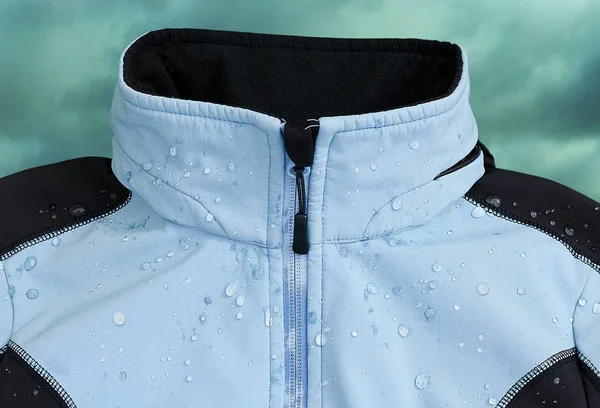
A thin, waterproof jacket can do more than a bulky coat when it’s windy or wet. It keeps moisture and cold air out, even if you’re not dealing with a downpour. Look for breathable materials so you don’t end up sweating underneath.
Packable ones are ideal—they stuff into a bag when not needed.
Stick to Three Core Layers
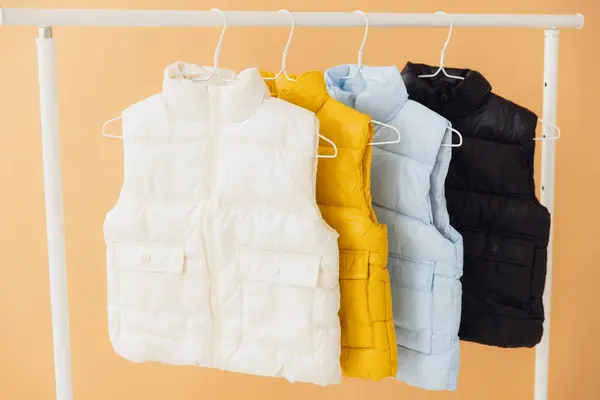
You don’t need five layers to stay comfortable. A smart base, warm middle, and weatherproof outer layer handle most situations. Swapping each part lets you adapt without repacking everything.
It also keeps your outfit from feeling bulky or stiff.
Like Travel Pug’s content? Follow us on MSN.
Use Zip-Ups Instead of Pullovers
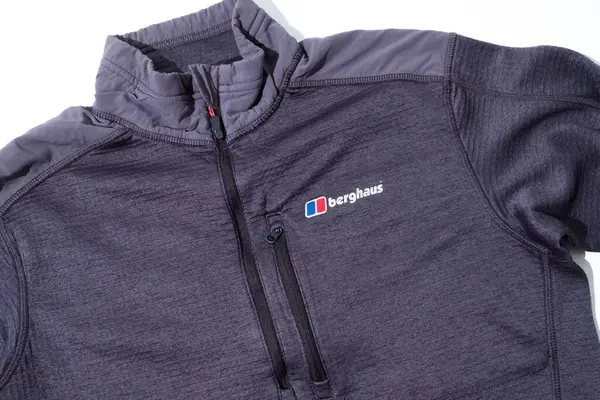
Layers you can zip open give you more control when temperatures fluctuate. Whether you’re indoors, riding a train, or stepping out into chilly air, a zipper lets you adjust instantly.
Pullovers trap more heat but offer less flexibility in transition zones.
Choose Neutral Colors for Easy Matching

Packing solid, neutral colors—like black, navy, gray, or olive—lets each layer work with any other piece. That way, you won’t worry about clashing combinations when switching things up.
It keeps your luggage lighter and you look put together, even on long trips.
Go for Thin Layers Over Thick Ones
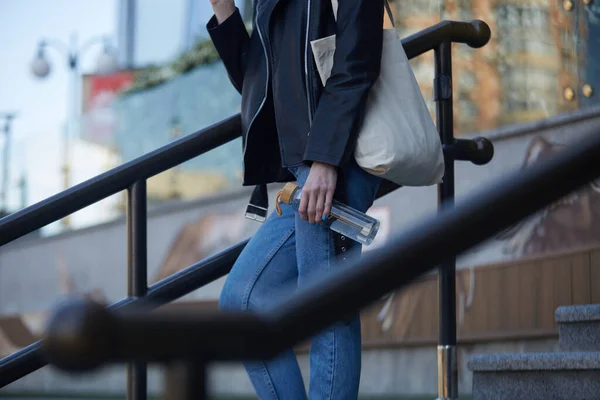
Multiple light layers trap heat better than one heavy one—and they’re easier to remove if the day warms up. It’s also more practical for active days where you’re moving in and out of buildings or public transport.
The idea is mobility, not marshmallow mode.
Like Travel Pug’s content? Follow us on MSN.
Layer Your Neck Too

A scarf or neck gaiter adds warmth fast without the need for a heavy coat. It’s easy to take off if things heat up, and it adds style without effort.
On cooler days, it might be the only extra thing you need to stay comfortable.
Keep Your Feet Layered Too
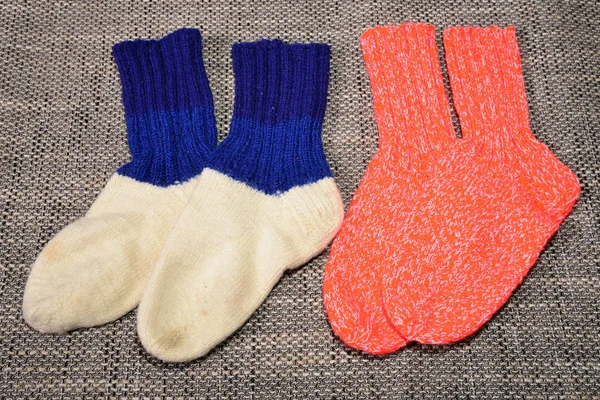
Layering isn’t just about shirts and jackets—your feet need love, too. Thin liner socks under wool ones help wick moisture and reduce friction. This setup is especially useful for long walking days or damp weather.
Dry feet make a big difference by day’s end.
Add a Hat—Even in Mild Weather

A beanie or cap adds instant warmth, especially in cooler air or windy spots. Since we lose a lot of body heat from the head, covering it makes your whole outfit more efficient.
It’s lightweight and easy to store in your bag or pocket.
Like Travel Pug’s content? Follow us on MSN.
Use Gloves with Tech Fingers
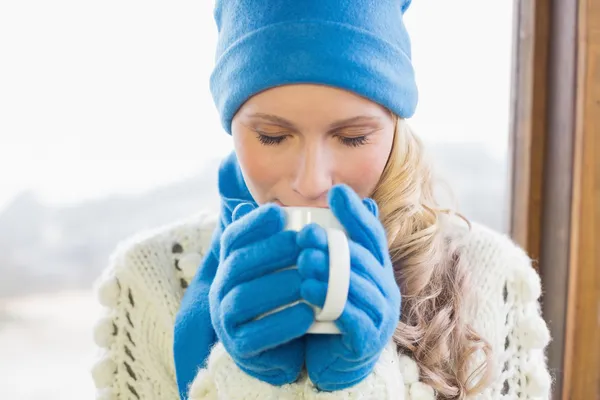
Even when it’s not freezing, wind or drizzle can make your hands uncomfortable. Lightweight gloves that still let you use your phone are a smart addition.
They’re small enough to stash away and make a difference when temps drop unexpectedly.
Pack a Lightweight Poncho or Rain Jacket
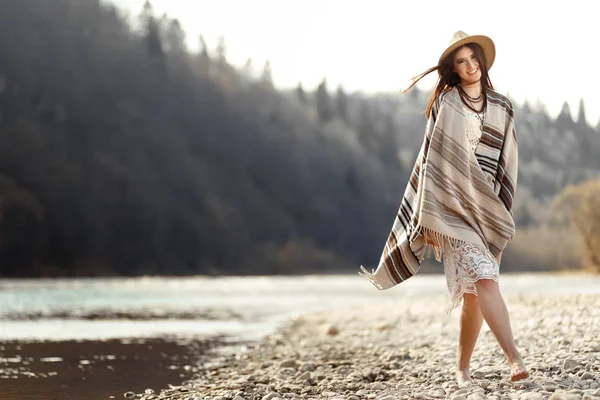
Weather shifts fast, especially in tropical or mountain regions. A compact poncho or rain jacket takes up barely any room but saves you from walking around soaked.
Unlike umbrellas, they keep your hands free and offer better coverage in the wind.
Think in Outfits, Not Items
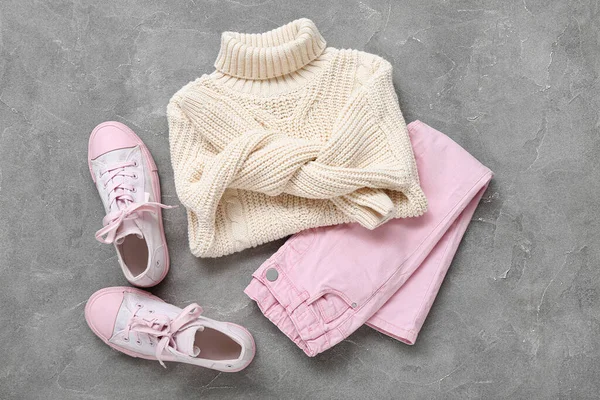
When packing, test out combinations in advance. Every layer you bring should work with two or three others—like puzzle pieces.
This keeps your suitcase lean and avoids packing items that only work in one specific setup.
Like Travel Pug’s content? Follow us on MSN.
Use Compression Bags for Bulky Layers
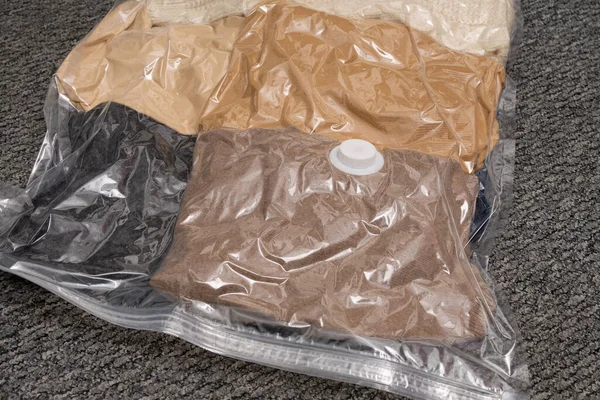
Jackets and sweaters take up a ton of space—unless you compress them. Lightweight vacuum bags or roll-up compression pouches can shrink items without ruining their shape.
You’ll save space without ditching anything essential.
Trust Temperature, Not the Calendar

Just because it’s ‘spring’ or ‘summer’ doesn’t mean you won’t need layers. Wind, altitude, and unpredictable storms can catch travelers off guard.
Always pack with the climate and elevation in mind—not just the season name on the calendar.
Weather Flex Without the Baggage

Layering isn’t about wearing more—it’s about wearing smarter. A few well-chosen pieces can carry you through airport chills, mountain breezes, and humid afternoons without constant wardrobe changes.
When your clothes adapt to the weather, you don’t have to.
Like Travel Pug’s content? Follow us on MSN.
More from Travel Pug

- 20 Best Beach Towns in the Carolinas
- 13 Destinations Where Tourists Regularly Regret Their Trip
- 20 Things You Actually Get in First Class
- 20 Small Airports With Aviation Museums
- 20 Places in the U.S. That Are Perfect for a Reset Trip
Like Travel Pug’s content? Follow us on MSN.
